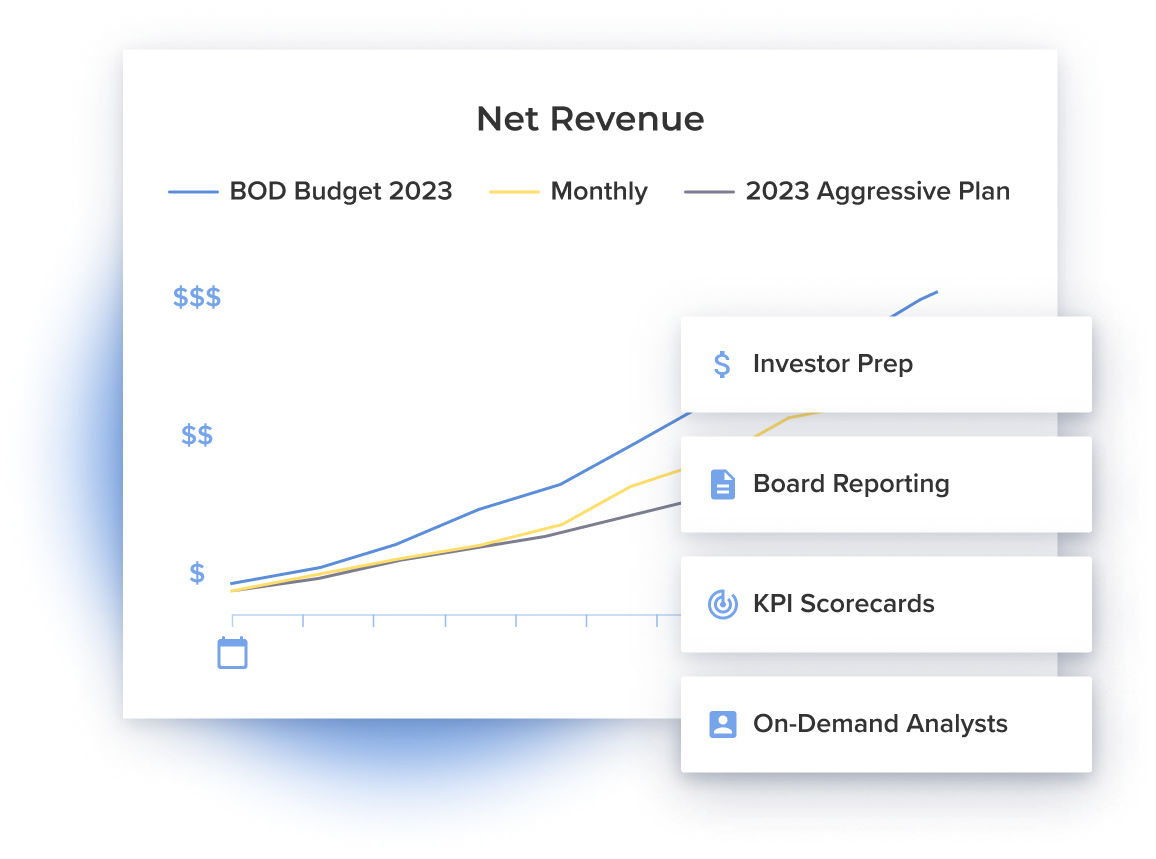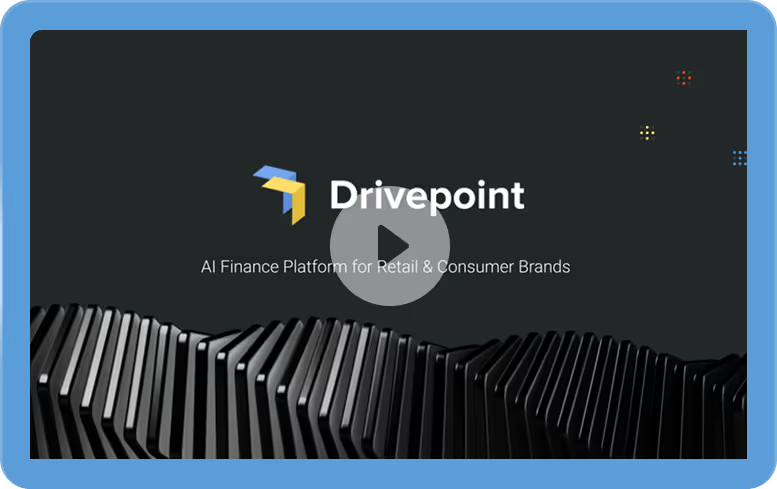
Operating Excellence Counts
Juozas ‘Joe’ Kaziukenas at Marketplace Pulse recently wrote an interesting summary of the state of the Amazon Seller ecosystem. It’s well worth the read.
Some points jumped out at me.
- A ton of capital has poured into this space. Marketplace Pulse estimates over $15 billion of capital in a couple years spread across 100+ aggregators
- All that capital is chasing deals so prices for Sellers are going up with prices for good companies going up much more than prices for average Sellers
- All that capital has attracted brokers and bankers who are successfully getting more for their clients, further increasing prices
- Operating a brand isn’t easy. In some cases, buyers are not only failing to grow the sales and profits, but they are also declining.
- Aggregators are looking at different strategies like vertical focus and entering DTC or focusing on DTC.
Private Equity follows a simple model.
I buy a company at a low multiple; I use debt to finance as much of the purchase as possible; I grow the company and increase cashflow; I use the cash to pay down debt; I sell the company at a higher multiple and off a bigger EBITDA; I pocket my winnings and repeat.
Obviously it’s hard to make money if you buy at a high price and sell at a high price (or worse, buy at a high price and sell at a low price). So, the middle part is critical - growing the company and increasing cashflow.
At Bainbridge, we work with DTC brands, so these companies are DTC first. They may be exploring omnichannel including AMZN, but DTC is core to their strategy. So, speaking specifically to DTC companies, we can say that growing brands and increasing cashflow is hard.
DTC is operationally complex and capital intensive with challenging margins. What that means is there is little room for error. Get something wrong and you can be sideways quickly. Operational complexity comes from having to master multiple disciplines simultaneously. As a founder, you need to master international supply chains, logistics, product development, merchandising, inventory forecasting and management, marketing, paid customer acquisition, retention, finance, and operations.
Capital intensity comes from the fact that brands usually need to pay for goods long before they can sell them, thus tying up capital in inventory. Paid acquisition compounds this as brands often need to spend in order to sell. Growth increases the demand for working capital. Challenging margins come from marketplace pressures (e.g. fear of pricing too high), discounting, returns, difficulty controlling COGS, difficulty controlling fulfillment costs, difficulty controlling customer acquisition costs, and difficulty controlling OpEx.
But it’s not all bad news. Mastering those challenges means founders can build brands that grow profitably and increase valuations and outcomes. Establishing the brand and loyal customer base is super powerful and will result in life-changing outcomes for founders.
So how do you do it? The first step is realizing that the days of easy money from VCs and simple paid customer acquisition are over. The second step is understanding that increasing margins is like compounding interest and the third step is embracing the complexity and committing to mastering the machine. Let’s take each in turn.
The easy days are over. Hopefully this is blindingly obvious, but check out our Capital Markets Report for insights on equity funding, and Twitter is filled with discussions about how to handle the world post ios14.
Think of your business as the sum of thousands of individual customer cashflows. What is the full cost of acquiring a new individual cashflow? How much contribution profit does a cashflow produce? How big and long are these cashflows? And how many of these cashflows do you need in order to generate enough contribution profit to cover your operating expenses and thus generate profits? Now, imagine the impacts of small changes to these cashflows.
What if you could acquire a new cashflow for just a few dollars less? What if you could increase your contribution profit per cashflow by just 10%? What if you could get one more order per year for each cashflow? The point here is that lots of little improvements when multiplied by thousands of cashflows have a big impact! The improvements compound over time and increase as you add more to become a super powerful profit machine that more and more people will find valuable and want to acquire. And even if your goal isn’t to sell, you will make more money with less effort.
Committing to the complexity and mastering the machine is the last step. You likely didn’t start a DTC brand because you wanted to build data warehouses and financial models. And as you grow, you can’t possibly be everywhere at once, keeping track of what everyone is doing and how well they are doing it. You need to delegate and put in processes.
At a high level, the process is simple:
- You have to have a complete understanding of your customer and how they buy
- You have to create realistic and achievable goals and plans. These plans need to be adopted by all orgs and levels of the company
- You have to track progress to plan on a daily basis.
How you do this is of course up to you. You can build out the systems, software, and teams to do this. If you do, you should ask if any of this fits into your core competencies and whether you are in fact re-inventing the wheel on your own time and dime.
The platform for DTC business optimization is exactly what Bainbridge does. So if you want help, please reach out.
Subscribe to our newsletter

Ready to see what you can do with Drivepoint?
Learn how other consumer and CPG brands are driving margin and cashflow with Drivepoint









